Star Trek Into Darkness: The sequel that took the Kelvinverse wildly off course
Ten years ago a promising franchise lost its way with a Wrath of Khan tribute act.
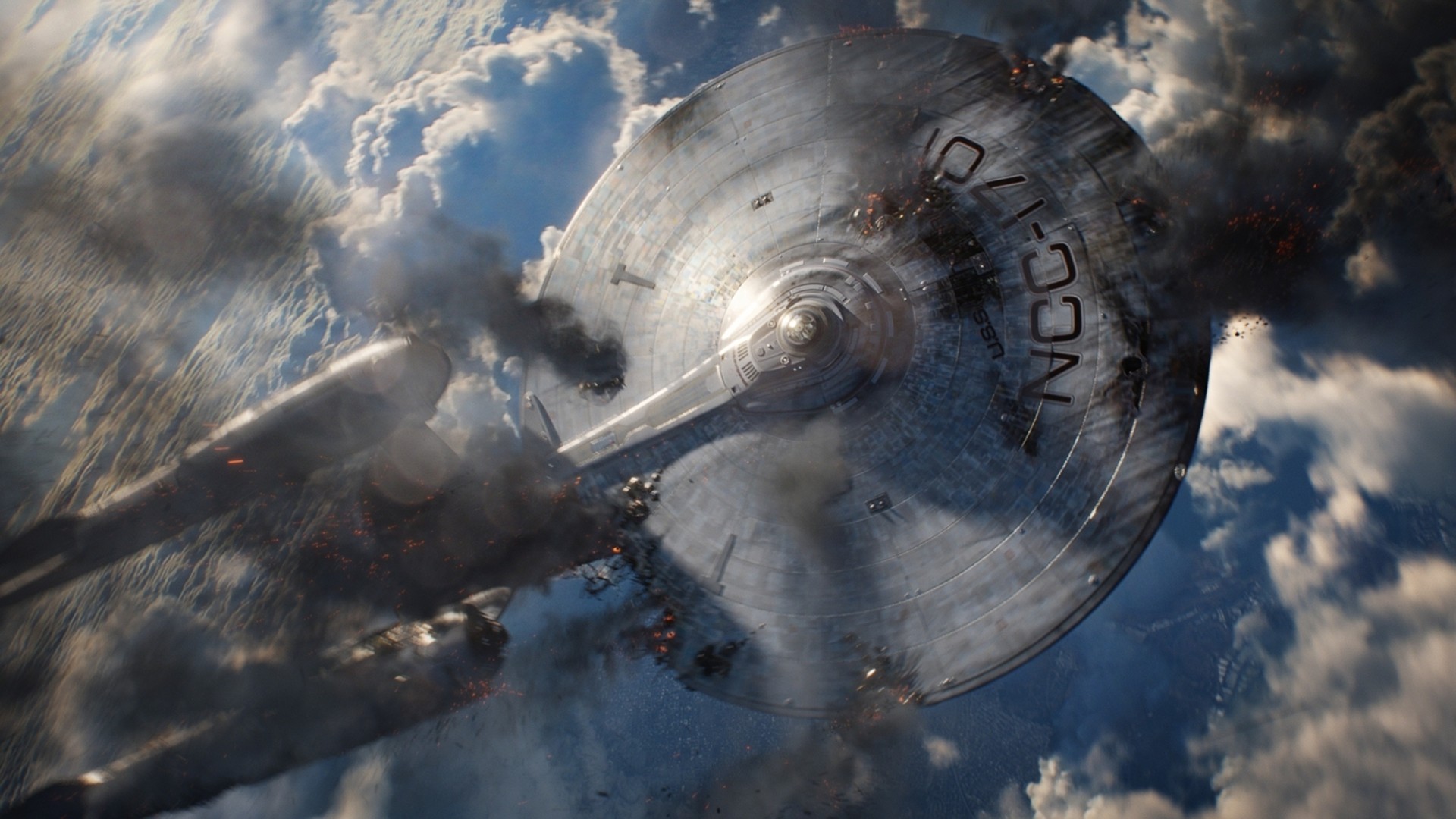
Any franchise entering its fifth decade is bound to have had a few ups and downs along the way. Star Trek's midlife crisis landed in the '00s.
Nemesis, the tenth Trek movie, had brought the film series to a stuttering halt, consigning the old odd numbers bad, even numbers good theory to history (check out our Star Trek movies, ranked worst to best article to see what we mean). On the small screen, meanwhile, the premature cancellation of Enterprise had brought 18 continuous years of storytelling on the final frontier to an end. A wilderness period to rival Doctor Who's absence between 1989 and 2005 could easily have been on the cards.
Luckily, it took less than a year for J.J. Abrams (fresh off the success of Lost and Mission: Impossible III) to accept the brief of resurrecting an ailing saga. And, much like Nicholas Meyer did on The Wrath of Khan, he brought the eye of a non-fan to a franchise that had become somewhat set in its ways.
Given his subsequent relocation to a famous galaxy far, far away, it may be appropriate that Abrams' formula for the movie was to Star Wars it up. Star Trek (as it was economically branded) prioritized box-office friendly spectacle over the more cerebral corners of sci-fi. At the same time, it pulled off the seemingly impossible feat of telling an origin story for Kirk, Spock, and Bones, while also keeping their fates a mystery. This unlikely Schrödinger's canon scenario was achieved by creating an entirely new continuity (the so-called Kelvin timeline) via the ingenious combination of a post-Next Generation Spock, a vengeful Romulan commander, and the noble sacrifice of Captain Kirk's Dad, George.
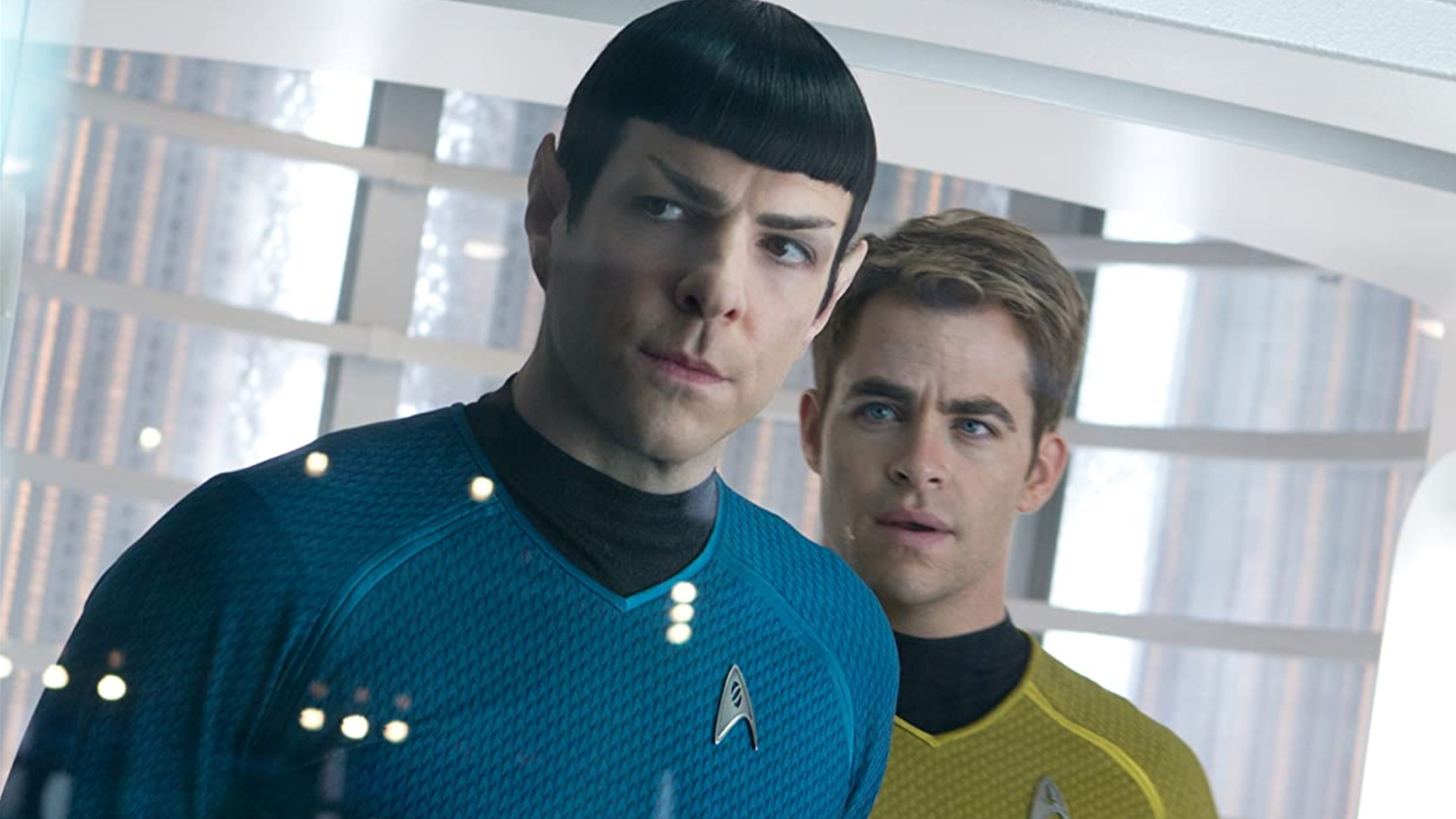
Star Trek was exciting, emotional, and entertaining, and – as long as you looked past the odd narrative inconsistency – largely faithful to existing canon. It also broadened the franchise's appeal beyond the traditional fanbase, and subsequently became the highest grossing movie in the series by several light years.
Four years later, Star Trek into Darkness arrived on a warp bubble of hype and anticipation, but Wikipedia controversy created by the absent colon in the title was just the tip of the iceberg. Abrams' follow-up undid everything its predecessor got right and sent the Kelvinverse spinning wildly off course.
Into Darkness started off promisingly enough: Spock in danger, the Enterprise hidden underwater, and an audacious mission to save a primitive civilization from a volcanic eruption. This spectacular violation of the Prime Directive prompted a brief demotion for Kirk, until a series of terrorist attacks left his mentor, Christopher Pike, dead, and Starfleet on a defensive footing.
From here, the movie never recovered. Darker sequels have become something of a Hollywood cliché, but this was a particularly unnecessary swerve away from the fun adventure vibe of the first movie. With Kirk and the crew forced into an Apocalypse Now-style manhunt to track down fugitive assassin John Harrison (Benedict Cumberbatch), Into Darkness squandered the easy chemistry the cast had established first time out. Chris Pine's Kirk suffered more than most, as the pressure of command robbed him of the rogue-ish charm that made him the MVP of the first film.
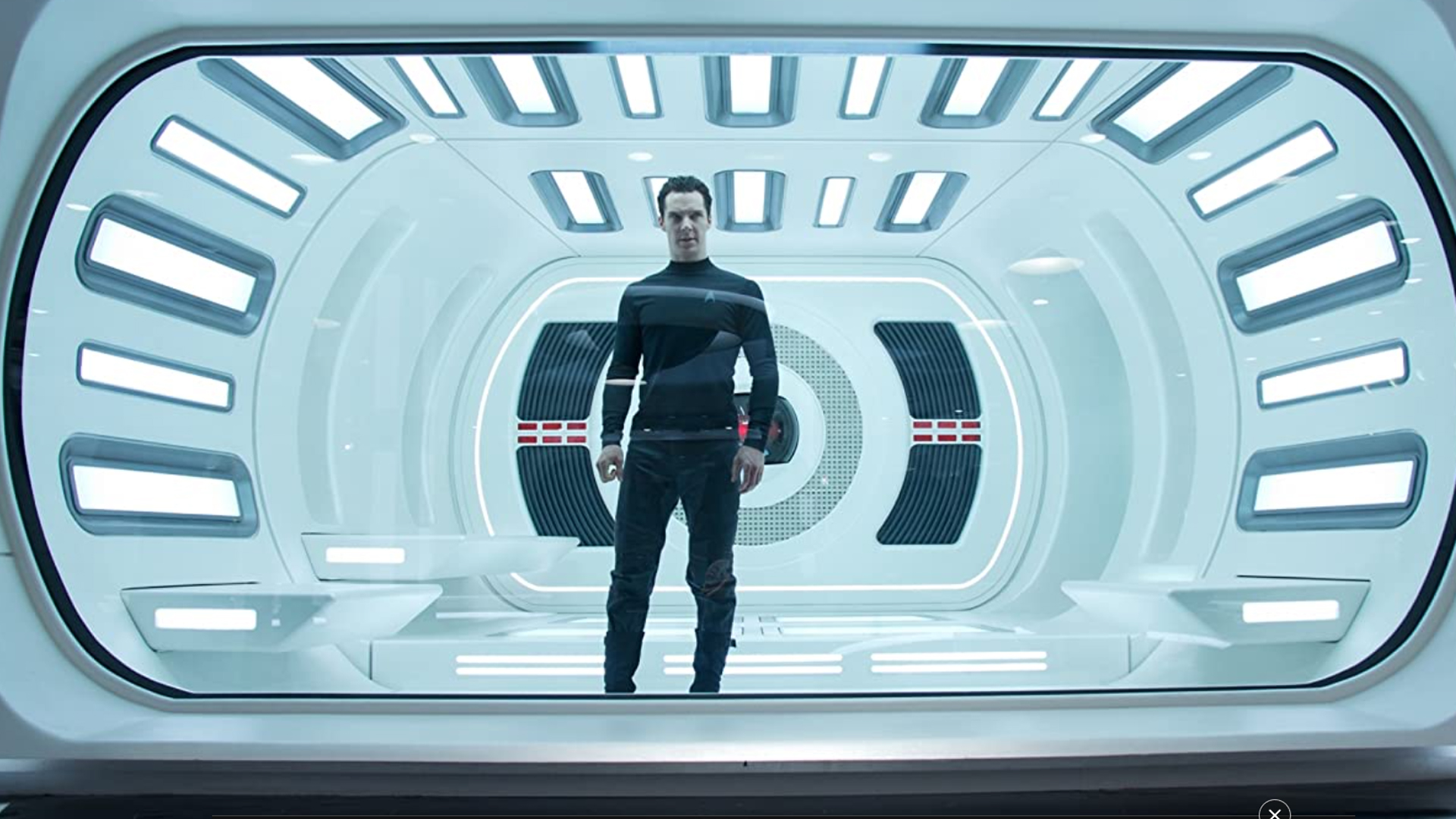
But – with the possible exception of Carol Marcus's gratuitous shuttlecraft striptease – Into Darkness 's biggest crime was its obsession with places Star Trek has boldly gone before. Indeed, after the massive narrative hoops the first film jumped through to make this Kelvin timeline a blank slate, this was something of a wasted opportunity.
Fan service is now so baked into the DNA of Star Trek and Star Wars that you could forgive the presence of Marcus (mother of Kirk's son in the original timeline) and the references to Harry Mudd and Christine Chapel. However, the Enterprise's detour to apprehend Harrison on the Klingon homeworld only made sense as an excuse to reintroduce the franchise's most famous alien bad guys.
And did anyone ever really believe that John Harrison was the aggressor's real name? Despite multiple protests to the contrary from cast and crew, his true identity – he was Khan Noonien Singh all along! – ranked among the worst-kept secrets in sci-fi. The subterfuge wasn't even worth the effort because this new version was Khan in name only.
Crucially, Into Darkness forgot that it was the rage that simmered during 15 years of exile that turned Khan into such a memorable antagonist in The Wrath of Khan. For all his genetically engineered superior intellect, Khan 2.0 was only a big deal because we already knew he was. That's probably why Leonard Nimoy's Spock Prime showed up to tell newbies that Khan Noonien Singh is the most dangerous adversary the Enterprise ever faced – a moment every bit as clunky as Palpatine telling the pre-teen Anakin Skywalker he'll watch his career with great interest.

But the true nadir of Star Trek into Darkness came in a final act that morphed into a weird cover version of The Wrath of Khan. As dialogue was recycled verbatim and Kirk (rather than Spock) sacrificed himself to save the Enterprise from certain doom, the sequence's biggest achievement was reminding you of the brilliance of the original. The over-played grief of Spock – a man who could barely stand to be in the same room as Kirk just a few hours earlier – couldn't get close to the impact of William Shatner and Leonard Nimoy's touching farewell in The Wrath of Khan.
These missteps didn't do the movie any harm at the box office, where it made significantly more money worldwide than Star Trek. In most regards, however, the Kelvin timeline never really recovered.
With Abrams otherwise engaged on The Force Awakens, Fast & Furious regular Justin Lin took the helm for 2016's Star Trek Beyond. They made a noble attempt to explore new territory (albeit while destroying the Enterprise… again), but it was definitely one to file under fun but forgettable.
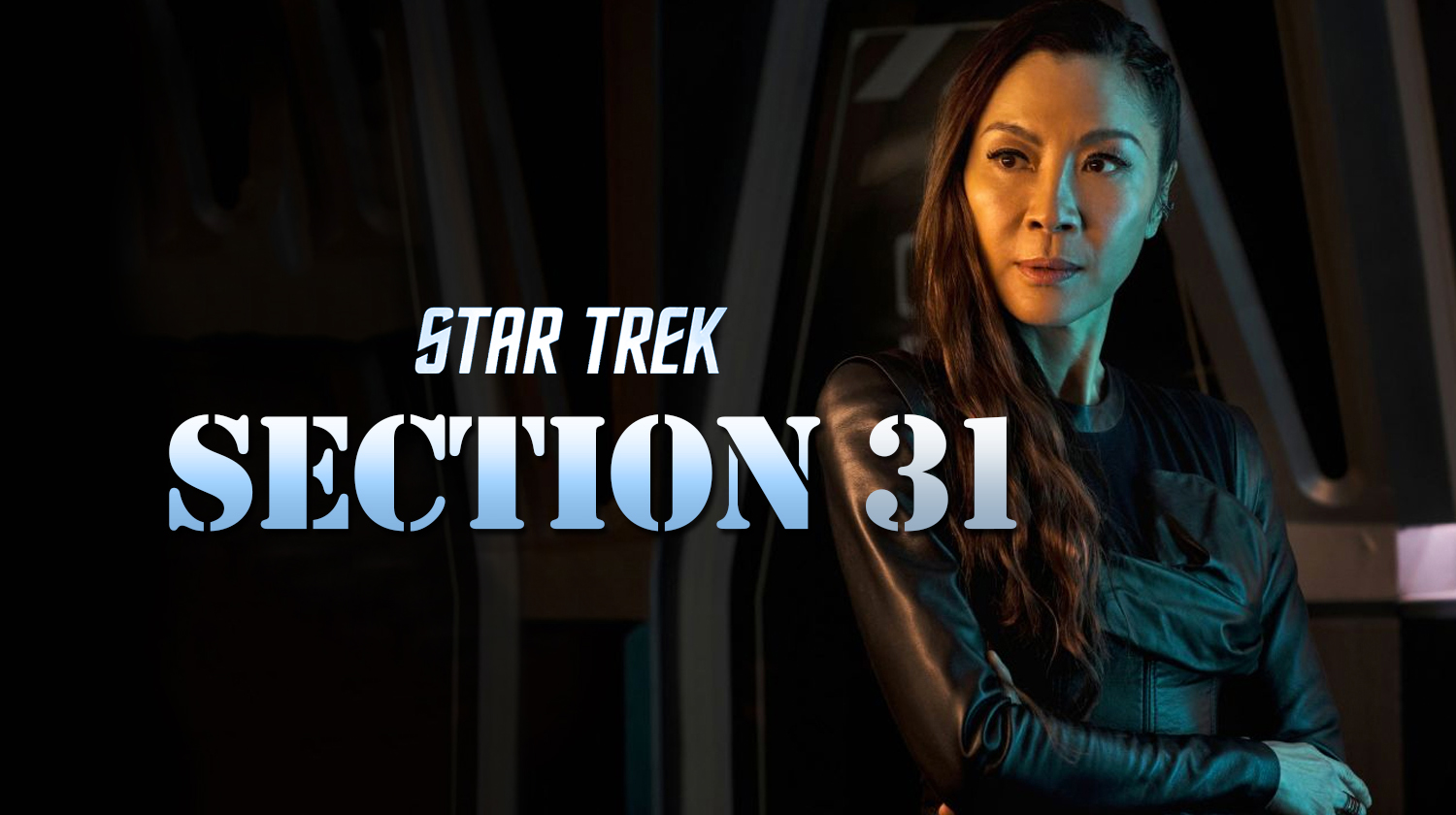
In the years since, Paramount have repeatedly tried to get the cast back together for a fourth time – most notably for a story that would reunite Kirk with his late dad, George (Thor's Chris Hemsworth) – but for the time being the Kelvin-verse seems stuck in limbo. And with the tragic death of Anton Yelchin, who played Chekov in the Kelvinverse movies, a full reunion is sadly off the cards for good.
But, does Star Trek even need movie theaters anymore? With four existing shows on the Paramount Plus roster and another – Starfleet Academy – on the way, the TV branch of the franchise is in better health than ever. Plus, with the Michelle Yeoh-starring Section 31 movie also coming to the streaming platform in the near future, it seems that the newly launched Enterprise-A may be stuck in Spacedock forever.
That's a shame, because the rebooted original series crew were denied the opportunity to live up to their massive potential. How different things could have been had Into Darkness captured the imagination like its predecessor…
Join our Space Forums to keep talking space on the latest missions, night sky and more! And if you have a news tip, correction or comment, let us know at: community@space.com.
Get the Space.com Newsletter
Breaking space news, the latest updates on rocket launches, skywatching events and more!
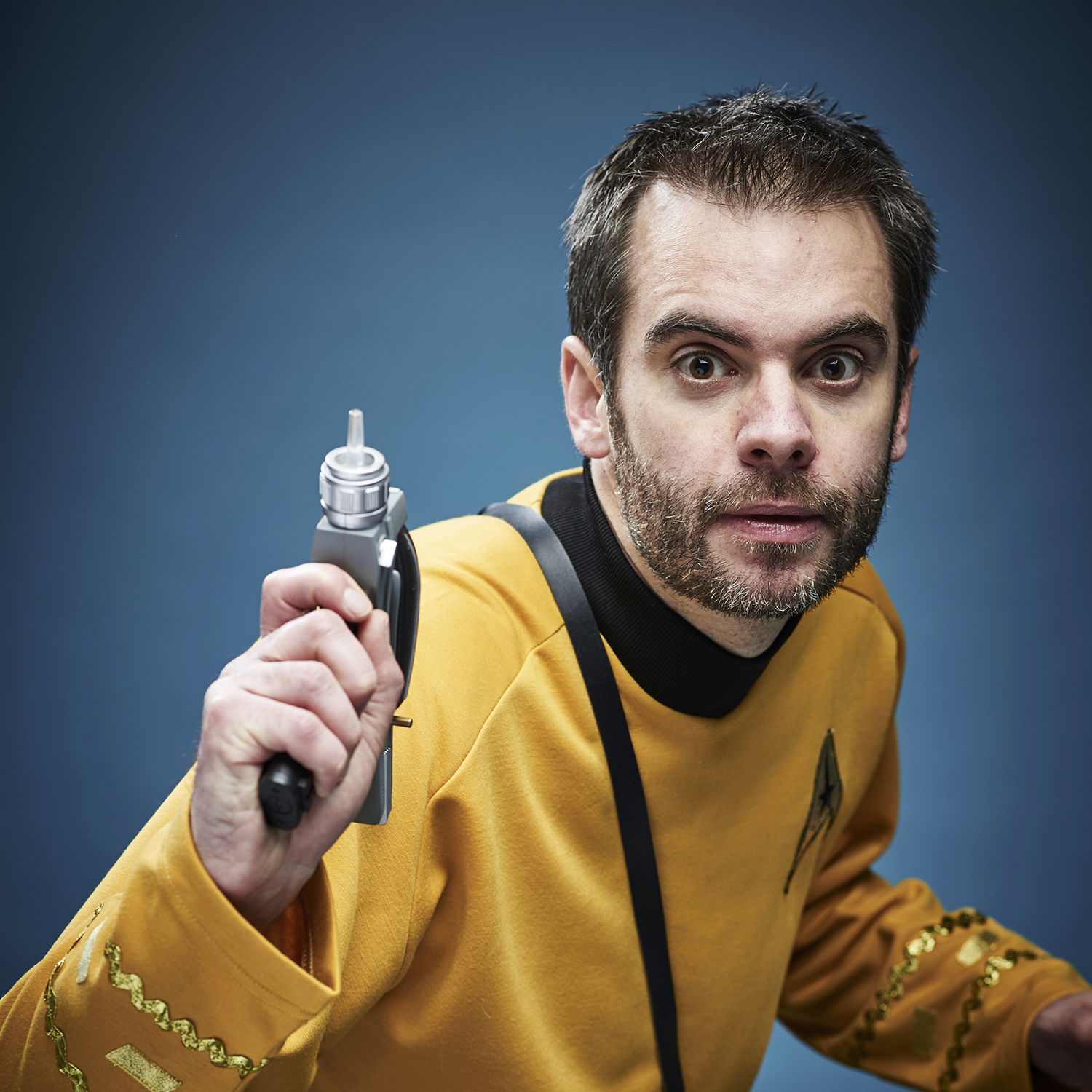
Richard's love affair with outer space started when he saw the original "Star Wars" on TV aged four, and he spent much of the ’90s watching "Star Trek”, "Babylon 5” and “The X-Files" with his mum. After studying physics at university, he became a journalist, swapped science fact for science fiction, and hit the jackpot when he joined the team at SFX, the UK's biggest sci-fi and fantasy magazine. He liked it so much he stayed there for 12 years, four of them as editor.
He's since gone freelance and passes his time writing about "Star Wars", "Star Trek" and superheroes for the likes of SFX, Total Film, TechRadar and GamesRadar+. He has met five Doctors, two Starfleet captains and one Luke Skywalker, and once sat in the cockpit of "Red Dwarf"'s Starbug.










